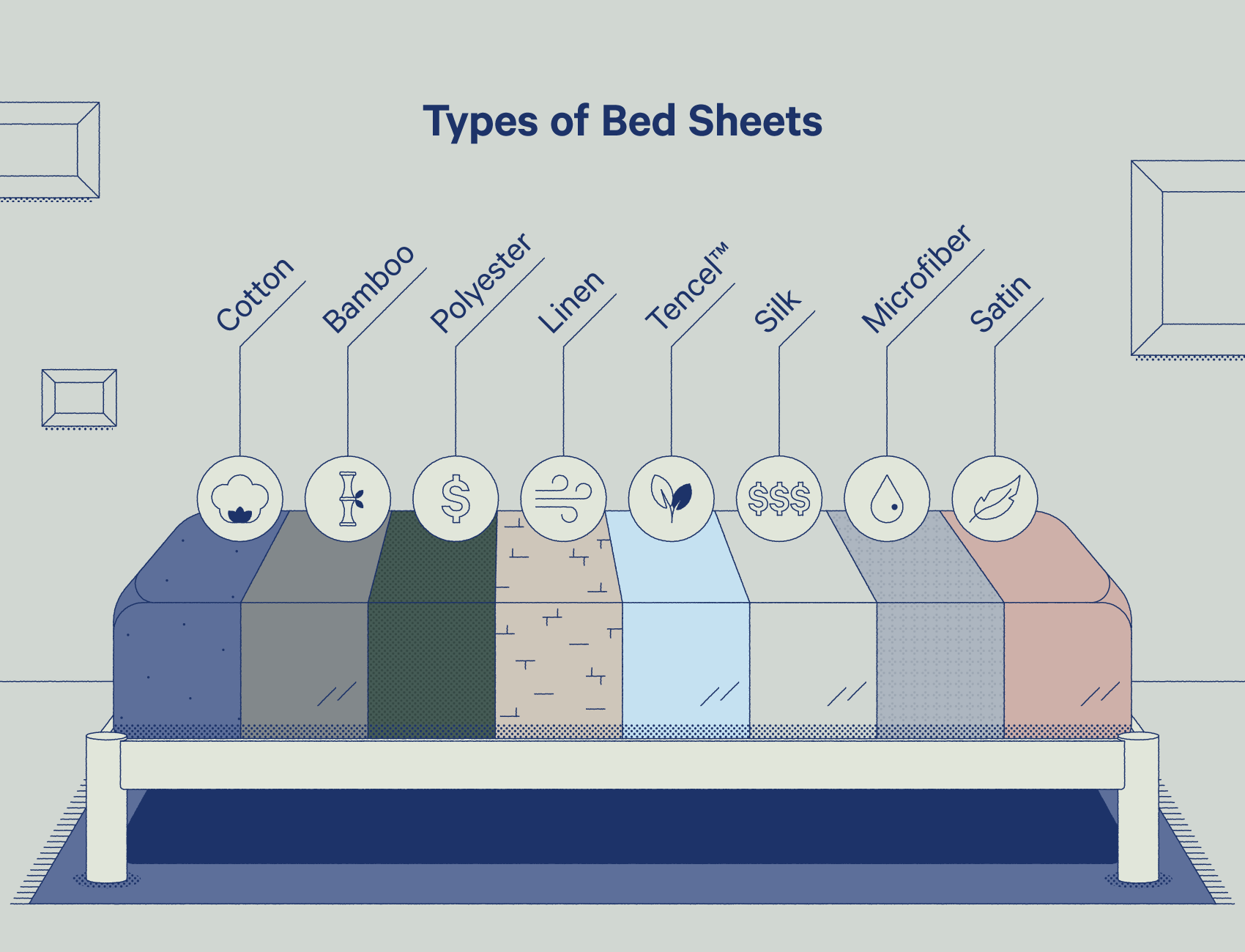extra deep valance sheet
Our 100% linen bedding is soft, light and super breathable. Perfect for keeping you breezily cool in the summer. Free next day delivery & returns.



